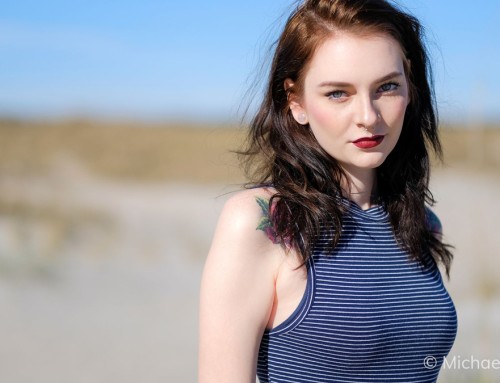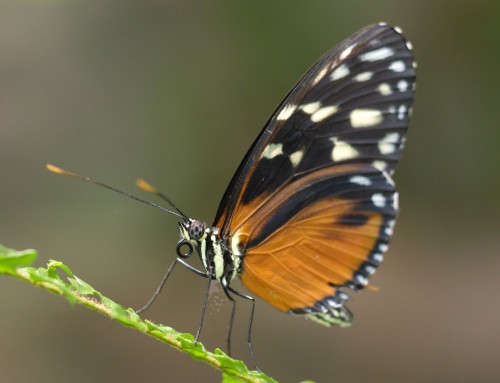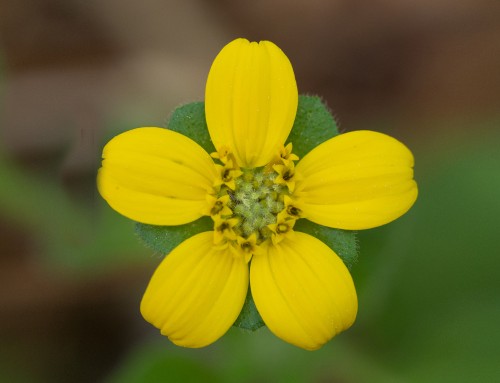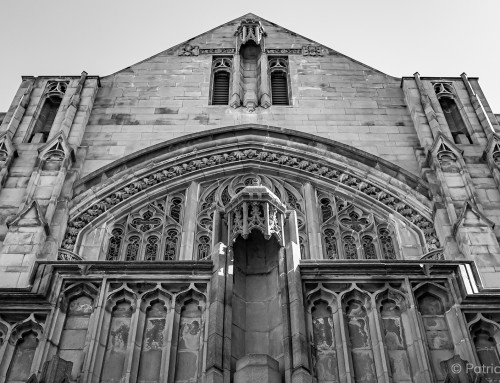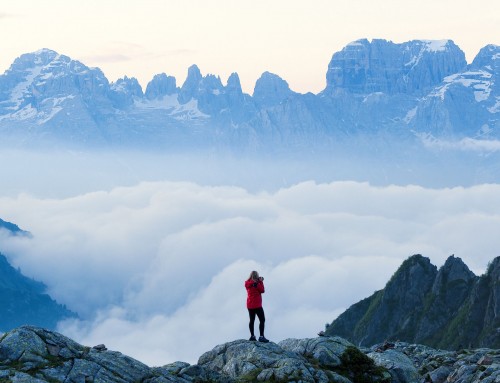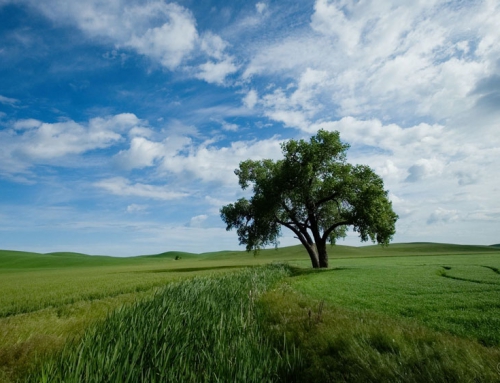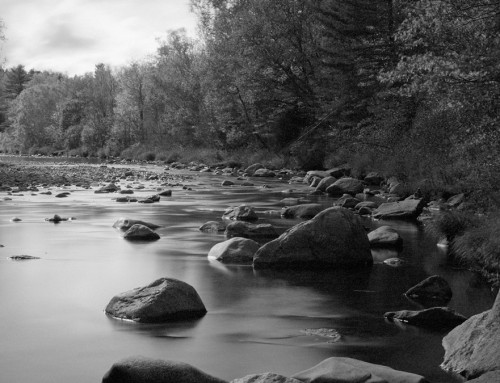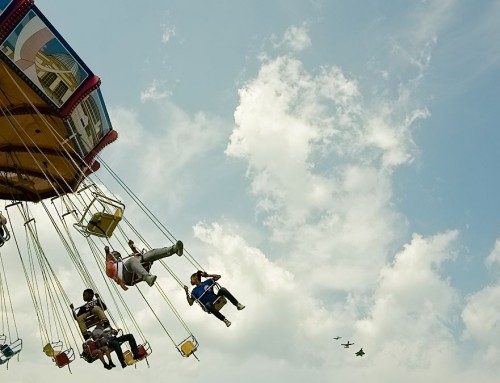This video helps you understand how to copy images from a camera card using Exposure. You’ll see how to preview images on your camera cards, efficiently make image selections, edit metadata, apply creative presets, automatically save backups, and more.
Photos: William Innes Photography
Transcript
To get started, insert your camera card. Exposure will detect that it’s inserted and offers to start the copy process. If you have more than one card reader, Exposure can process multiple cards in the same step. Just insert them all at once and Exposure will detect them.
The Copy From Card dialog pops up with three sections.
Step 1: Select Source
The first step is to select the source. Exposure will automatically select SD cards when they are inserted. They can also be selected from a list of shortcuts, including the sources you have copied from previously. The card appears here because it was copied from before. You can also drag and drop any folders from Finder or Explorer to add them as a source location.
You can select multiple locations in the source tree, including subfolders. Press ⌘ on Mac or Ctrl in Windows to select them. Note the Delete After Copying option, which deletes the images from your source location or locations after they are copied to your destination.
Step 2: Review Images
WIth your source selected, move to step 2: reviewing and selecting images to copy.
Select Only New Files to automatically hide images on either card that have already been copied from the source folder. Collapse the Source and Destination panels by clicking the triangles. This expands the review grid of images to view it at full size. The keyboard shortcuts ⌘+Shift+left-or-right–arrow does the same action.
All of the images from the source locations are selected by default. They all can be copied and then culled and organized after they are on the computer, or, if you prefer, you can choose which ones to copy here in the grid.
Culling obvious throw away shots at this stage saves disk space and time. Uncheck all the photos and then use Exposure’s keyboard shortcuts to speed up the selection process by holding down the Shift key to select a contiguous group of photos across multiple rows or columns and pressing the Spacebar to check them.
With all the images selected from the first card, close the visual preview for that source location and select images from the second card. Hovering the mouse over an image displays detailed information including filename, camera, and lens data.
Toggle between viewing images in grid mode and in single image mode. This is helpful for reviewing images more closely to determine which photos to copy.
When in single view mode, you can zoom and pan on your image as needed. With all the images to copy selected, move onto step 3, setting the destination, renaming the files, and applying different types of metadata. Click the right-side triangle to expand the Destination and Options panel.
Step 3: Select Destination and Options
Selecting Standard Location as the destination option provides a list of five common locations. The default option is the Pictures folder. Within the Pictures folder, set an option to create a subfolder. And define the name of the subfolder with the Ask option and capture time. The Ask option causes Exposure to ask for custom text when the file copy is initiated.
This option streamlines working with any custom naming presets you save, because you don’t have to rename the custom text each time you apply the preset. Select the gear icon to save the designated folder locations as a destination preset. Presets speed up future photo copy operations.
You can make backup copies to an external hard drive. This creates backups of the images exactly as they come off the card, without any other processing. With these backups, you’ll always be able to recover the images in their original state.
Another file option is to convert RAW files to DNG. If Adobe Converter software is installed on the computer, Exposure will automatically convert images to this widely used format as they are copied.
Set the original file names for the copy, or customize the naming as done previously with the destination subfolder.
The final stage of the image copy is applying metadata to images. This is a great way to get organized right at the copy stage, and even to apply Exposure’s creative presets.
Use metadata presets you’ve saved for personal info. This can include adding a caption that describes the shoot.
Apply keywords and organize images into collections already in your library, or create new options. You can also apply one or more of Exposure’s creative presets during the copy. When you add multiple presets, each is added to a separate virtual copy of the image.
Exposure helpfully points out the total number of source files, files to be copied, and files to be deleted.
OK starts the copy process.
The Ask prompt set for the destination subfolder is now asking for a name for the folder.


